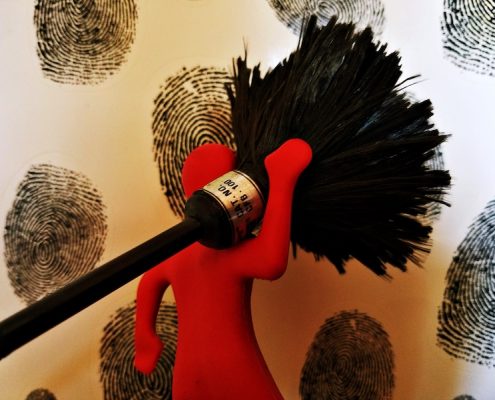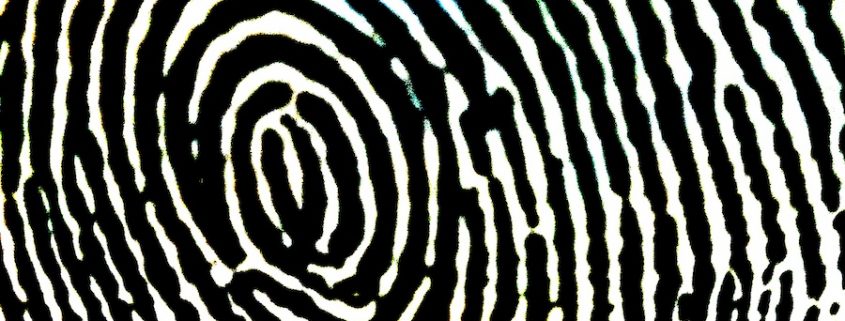Fingerprints found and collected at crime scenes are eventually developed and hopefully lead the heroes of your stories to the perpetrator(s) of the crime du jour. But there’s a bit more to the process than merely using a brush, a bit of black powder, and a piece of clear tape. For example, did you know about …
 Amido Black – protein enhancer for blood prints. Click this Link for details.
Amido Black – protein enhancer for blood prints. Click this Link for details.
Gentian Violet is a skin cell stain for developing print on the sticky side of tape. Click this Link for details.
Ninhydrin – chemical for developing latent prints on porous surfaces, such a paper. Click this Link for details.
Physical Developer – chemical for developing latent prints on wet paper. Click this Link for details.
Powders are typically effective on smooth, non-porous surfaces.
Small Particle Reagent (SPR) – liquid powder solution effective on wet porous evidence). Click this Link for details.
Cyanoacrylate – Superglue fuming for all types of non-porous surfaces.
Dye Stains, such as MBD, are used to detect prints in conjunction with an ALS (Alternate Light Source) on non-porous evidence after using Cyanoacrylate (Superglue) fuming. Click this Link for details.


